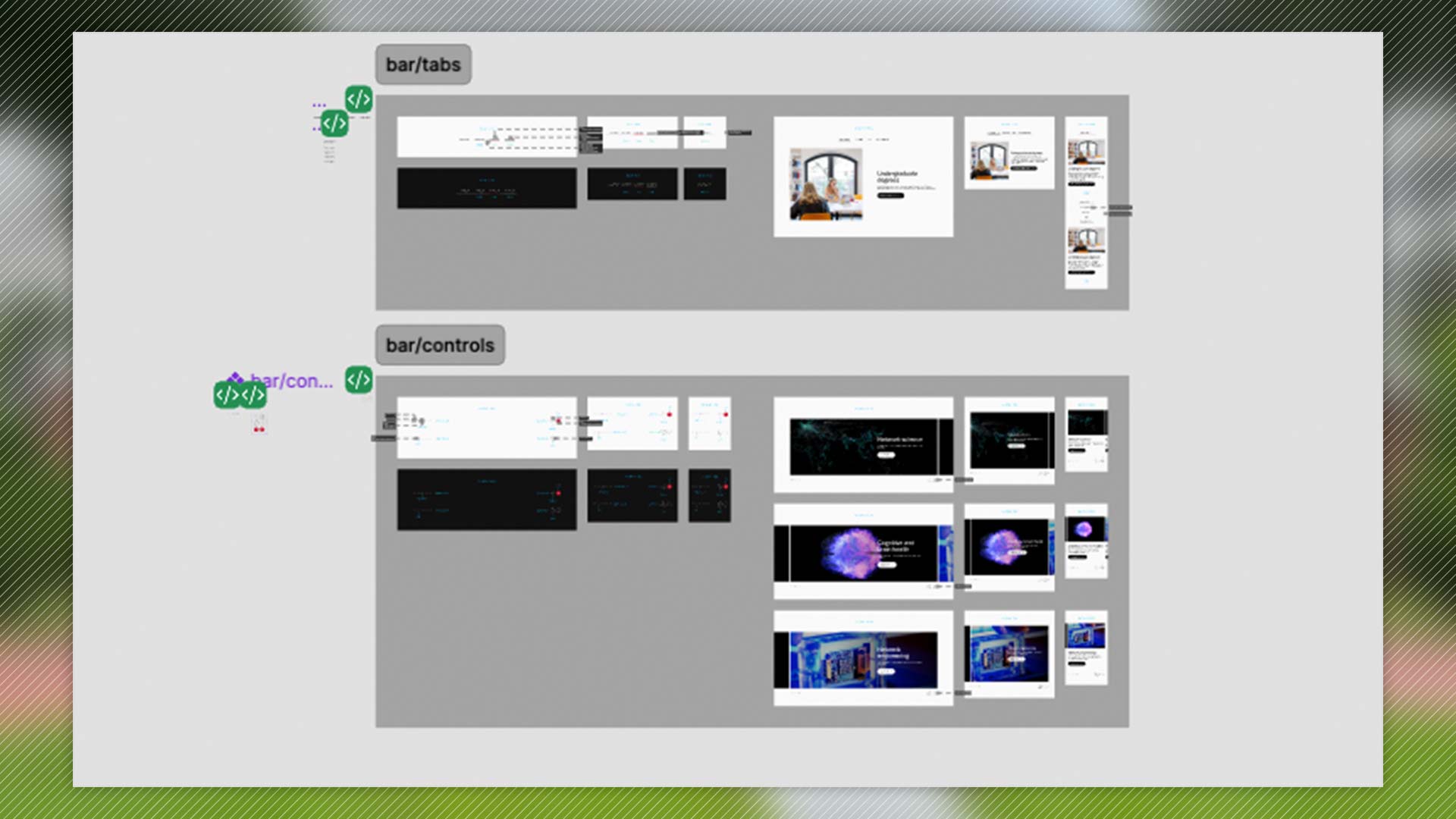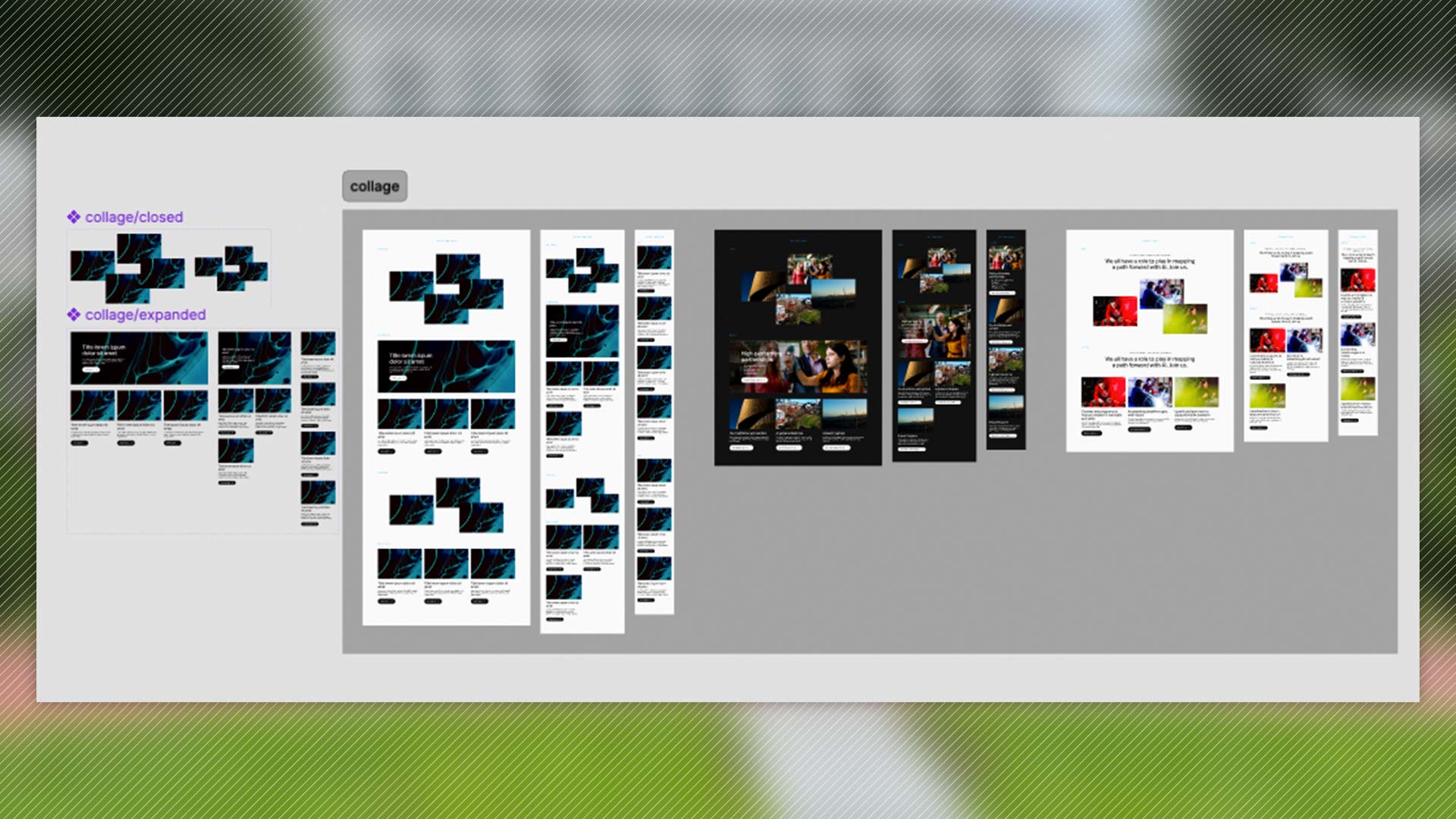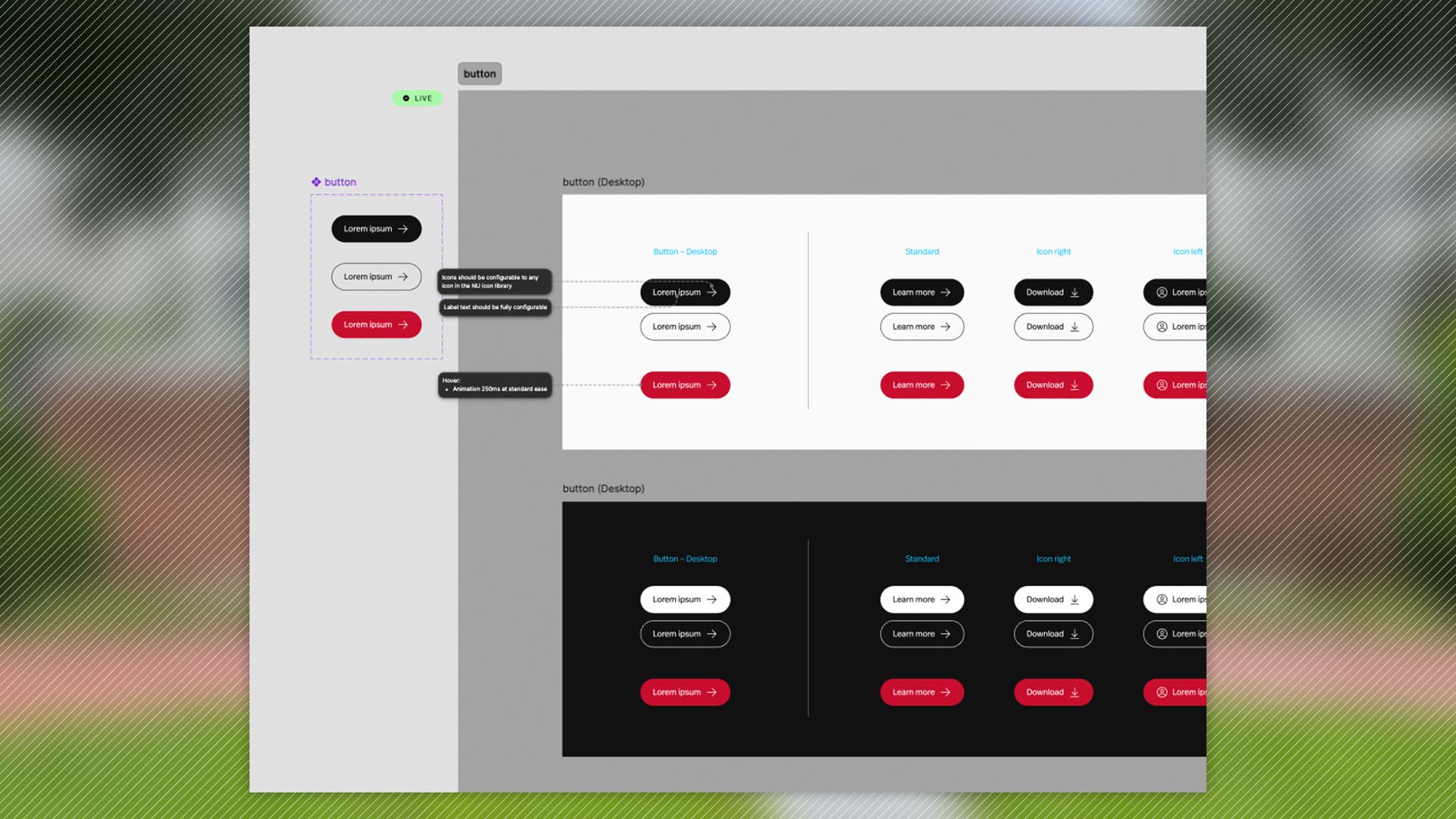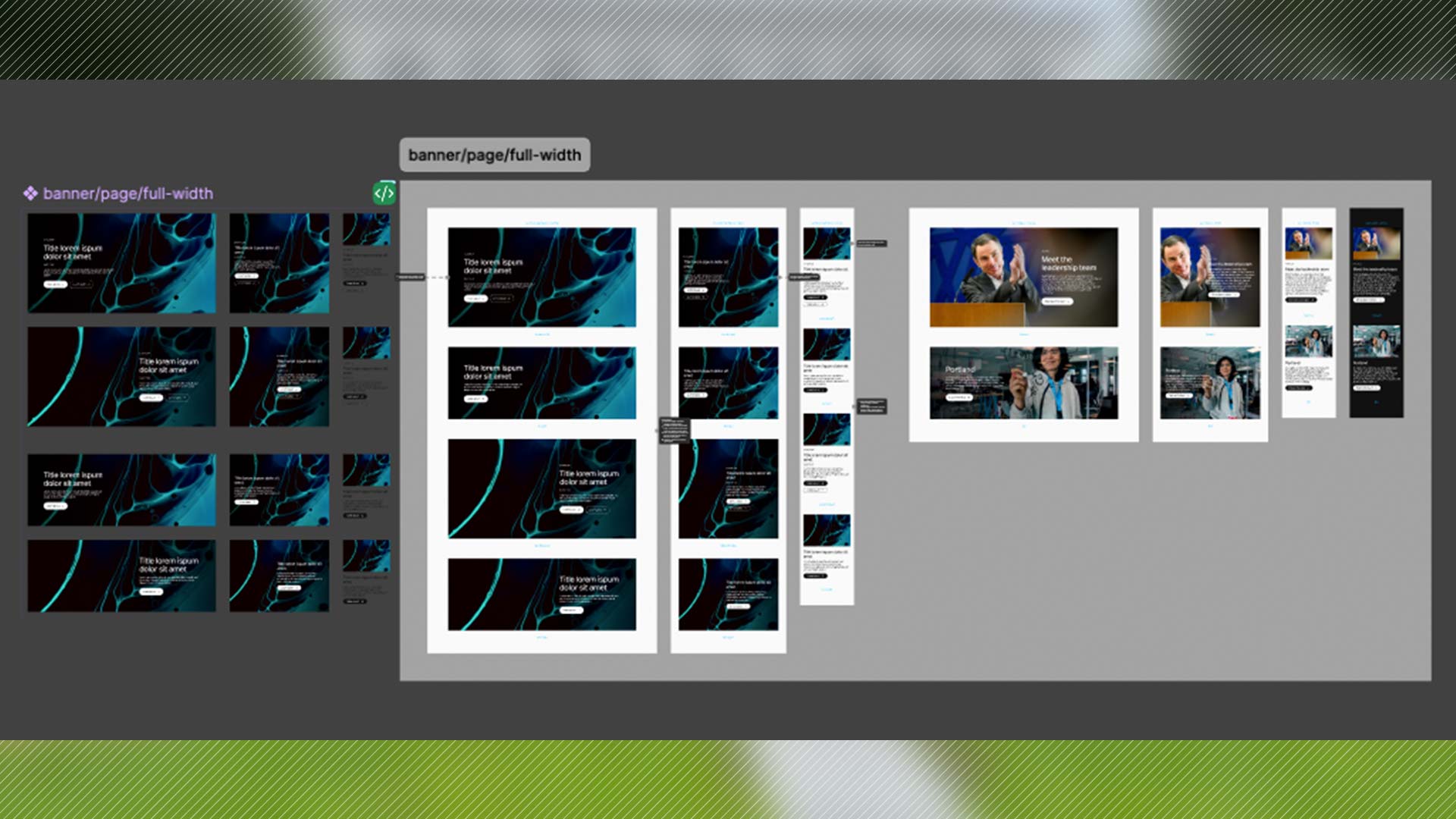Design System for Distributed Marketing Teams
Problem
Northeastern’s decentralized marketing model led to inconsistent web design and experiences across its 13 campuses, 10 colleges, and myriad administrative units. Each team had their own way of building pages, choosing colors, structuring content, and interpreting accessibility guidelines. The result: brand dilution, UX debt, and significant inefficiencies across the digital ecosystem.
Solution
We created a centralized design system tailored to Northeastern’s needs. It is flexible enough for individual sites, but grounded in a shared visual and accessibility framework. I partnered with marketing, development, and accessibility leads to define design tokens, component libraries, and editorial patterns. Our goal wasn’t just visual alignment; it was empowering distributed teams to build great experiences without reinventing the wheel.
Execution
-
Led cross-functional workshops with design, content, and development teams to align on needs and constraints
-
Developed a modular system of components (headers, content blocks, CTAs, forms, etc.) used across hundreds of sites
-
Integrated accessibility from the start, in partnership with in-house experts and EBSCO-based accessibility learnings
-
Documented and launched the system in Figma, with guidance on usage, brand application, and tone
-
Piloted the system on high-profile initiatives including the Research, AI, and Experiential Learning sites
Results
-
Reduced design and development time for new sites by 40%
-
Improved brand consistency across dozens of active sites (and counting)
-
Increased accessibility scores across core properties
-
Created a seamless user experience for site visitors, with consistent navigation, typography, and visual language across colleges, programs, and research centers
-
Helped establish a governance model and design review process across campus teams
-
Supported scalable growth as new campus initiatives and global programs launched



